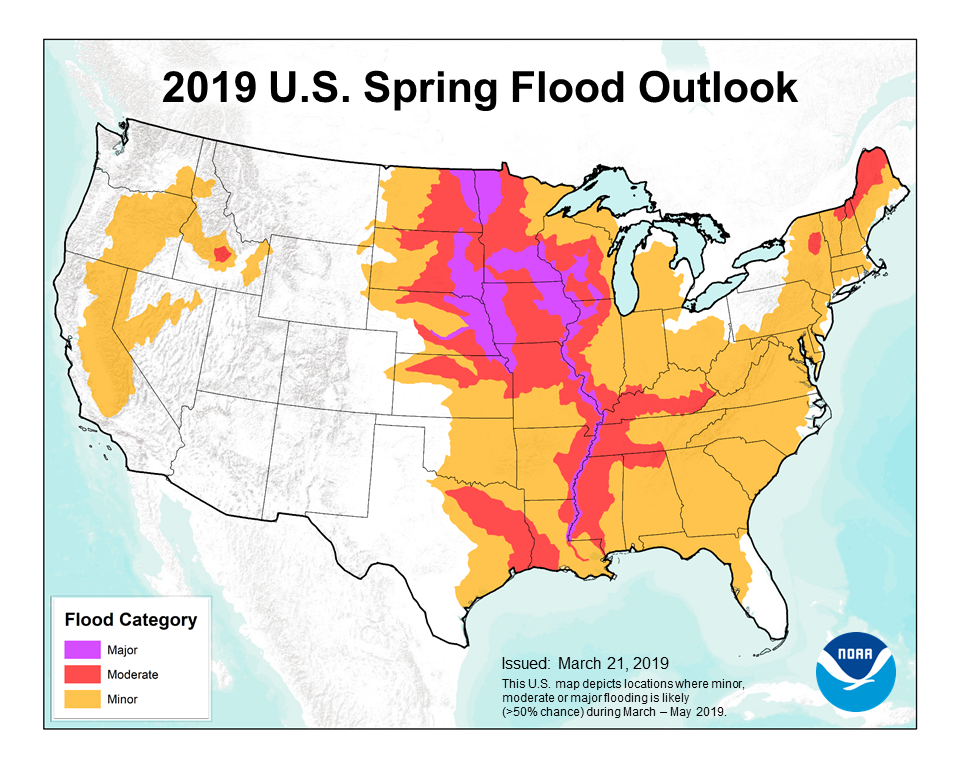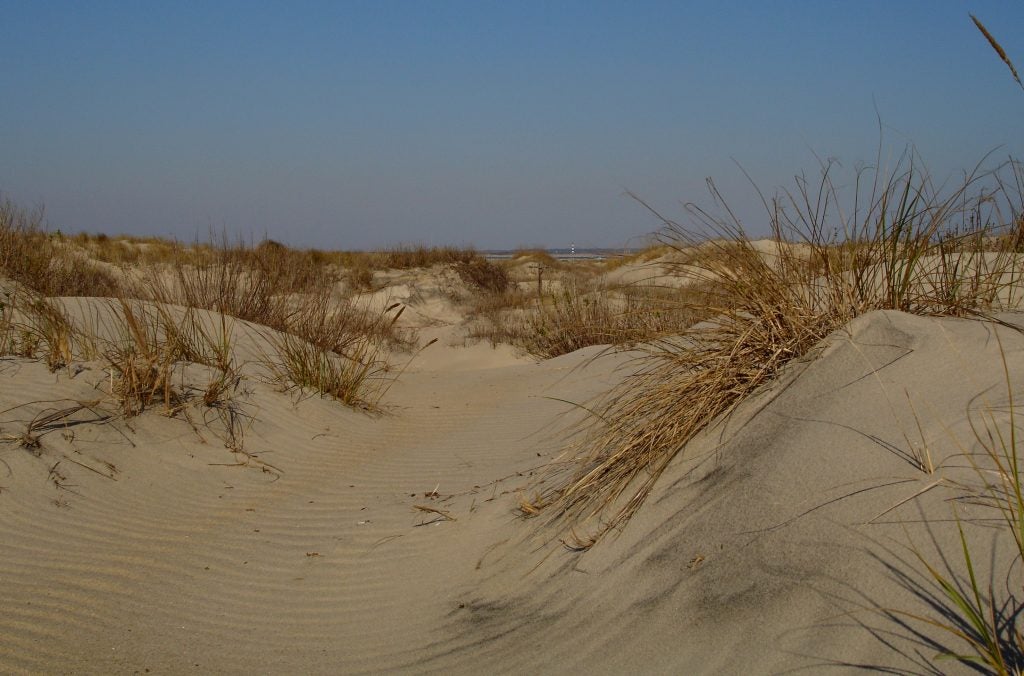From widespread flooding to raging wildfires, communities across the country are feeling the effects of a changing climate and more extreme weather. These natural disasters are also impacting businesses with the potential to affect bottom lines and even survival.
40% of businesses do not reopen after a disaster, and 90% of small companies that do not resume operations within 5 days of a natural disaster fail within the year.
Flooding can damage everything from a business’s hard assets, such as buildings, equipment and inventory, to soft assets, such as records and data. Even if a business isn’t directly flooded, disruptions to transportation, energy and communications grids can cause trouble, for example, if suppliers are unable to fulfill businesses’ needs.
The bottom line: interrupted business means lost profits and can result in lost clients.
Is your business prepared for a natural disaster? Here are five key strategies you could consider for your business, if you haven’t already. Read More











